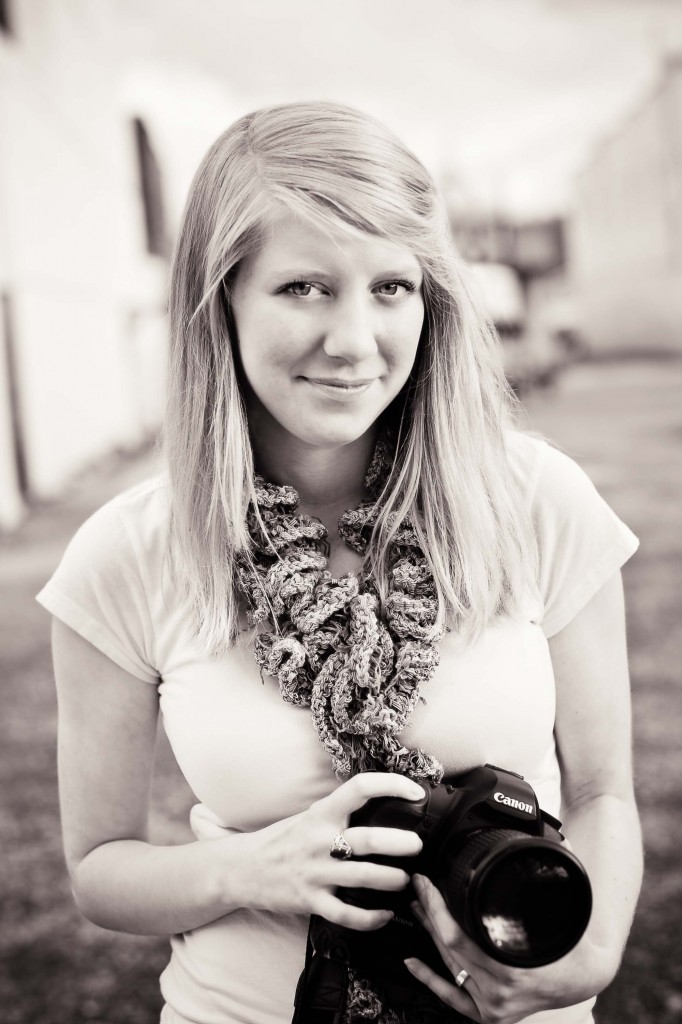by Sarah Becker
Guest Writer

I have never taken a photography course – chances are, neither have you. In a world where almost three billion photos are uploaded to Facebook a month and a myriad of quality cameras are seen around campus, we could all use a little advice. Here are a few things I’ve learned during my experience as a photographer.
Know your camera.
I’m the kind of person who throws the instruction manual away before even looking at a product. Don’t be that person. If you have a higher-end camera, you’ll need to make a decision on what file-type to use – JPEG or RAW. JPEGs are the choice of most amateur photographers and are about one-third the size of your average RAW file. RAW, however, gives you much more flexibility in the editing process and is the choice of professionals.
Know the basics.
Photographers who know their stuff tend to throw around terms that are downright confusing. Here are a few you should know:
• Aperture is how wide your lens opens, collecting light while you take your photograph. The function on your camera is called the f/stop – it’s going to be expressed as f/2.8, f/5.6, etc. The smaller the f/stop number, the wider the lens is opening and collecting more light. Aperture is correlated with Depth of Field (DOF), which is the “distance wherein objects are in focus.” A shallow DOF (the “bokeh” effect) is the product of a small f/stop number, and vice versa.
• ISO is the measure of the image sensor’s sensitivity. The higher the ISO number, the better your camera will respond to low lighting. (At a price – the higher the ISO, the grainier the photo!) Your possible ISO values will differ depending on what camera you own.
• Shutter speed is the measure of how long the shutter is open – basically, how long it takes to make your photo! If interested, read more about shutter speed and all its tricks here.
These three elements work together to give you the image you desire. Learn how to work them and you’re almost there.
Composition.
I was shooting regularly for a year before I read about the rule of thirds. Basically, I’m just a really bad example photographer. The general idea of the rule of thirds is not to have your subject smack-dab in the middle of your photograph, and that your point of focus should intersect with four invisible lines creating nine invisible squares. Have a hard time picturing this? Well, that’s why there’s an accompanying photograph.
The little things.
Don’t shoot into the light unless specifically going for the silhouette look (and goodness, there is nothing wrong with that). Watch for distracting things in the background of your shot, whether they’re ugly, large or colorful they must be moved!
Shooting people…
…with your camera that is! I always talk to people while I photograph them. Part of that is just my naturally bubbly and over-talkative nature, but another part is deliberately attempting to make the subject feel more comfortable (it also makes their smiles and laughs genuine; don’t be afraid to be corny for the sake of a good photo).
Take your camera wherever you go.
Really, do it. You never know when something amazing will present itself. If you just can’t carry it around all the time, make a deal with yourself that you’ll have it three or four days out of the week.
Know your way around editing software.
With the explosion in photography popularity, editing software is starting to catch up. Many of your options are free or come with your computer – such as iPhoto, Gimp or even Picnik. While Photoshop may be coveted, most professionals use it solely for advanced photo and design work. For average photo editing it is unnecessary. I use Adobe Lightroom, but a professional program comes with a higher price tag.
Organize your photos well.
Find a system and stick with it. If using an external hard drive (which I highly suggest), be careful – I accidentally transferred just the thumbnail files of my first year of work. What happened to that first year of work? It’s gone, folks. When it comes to uploading photos to social sites no one will look at all 200 pictures in your Facebook album. For better exposure, be selective.
Get your photos back.
There are good things about digital, and there are bad things about digital – for me, one of the worst things is not having pictures physically in your hands. There are some great printing websites that print fast and cheaply – check out Snapfish and Shutterfly.
Understand the point of photography.
Whether you’re shooing for a client, for the attention, as a creative outlet or for the pride of a job well done, understand why you’re doing what you’re doing. It’ll only make you a better photographer.
For photo-related questions contact Becker at sbecker2958@gmail.com.
